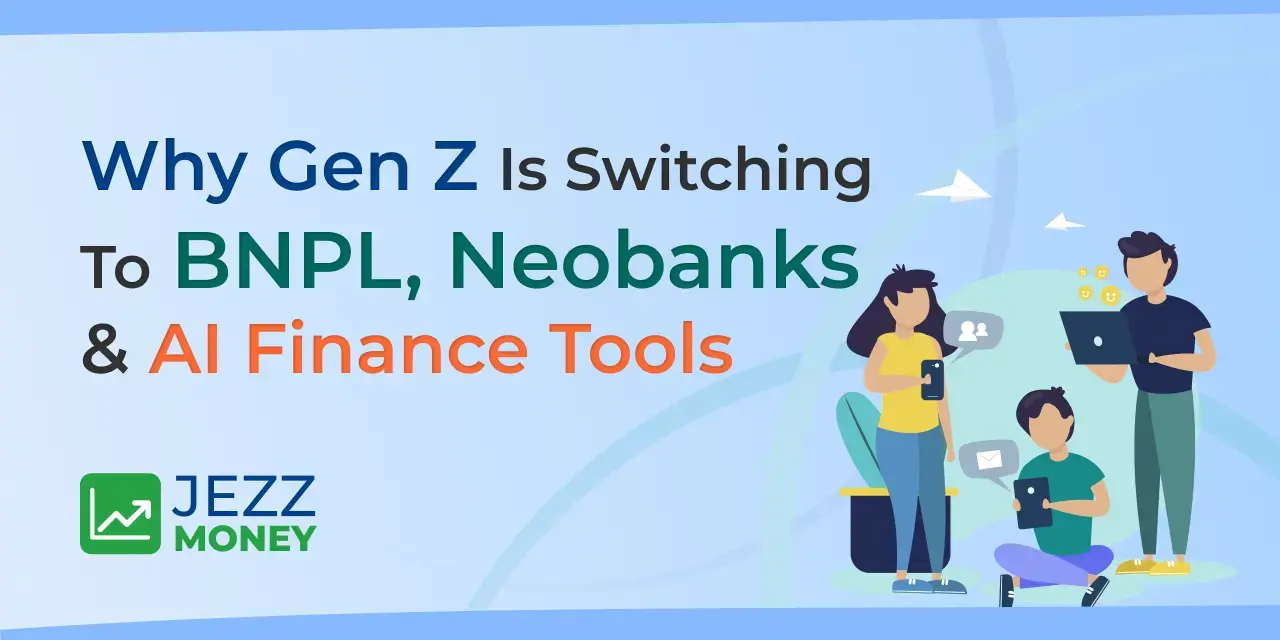Gen Z is the group of people born around the mid-1990s to the early 2010s. Gen Z is rapidly becoming the most potent force that shatters the traditional financial system. In contrast to their parents, who were accustomed to cash, bank branches, and conventional credit cards, Gen Z is a generation that thrives in a digital, mobile, and on-demand world. The way they handle their money echoes the same principles that characterize their way of living: quickness, honesty, adaptability, and customization.
Not only do they disbelieve the archaic banking systems, but the digital-savvy generation is also very interested in tech-friendly alternatives, even if such accounts are innovative. The use of credit cards with hidden fees or traditional banking processes is on the decline, while Buy Now, Pay Later (BNPL) platforms are gaining traction for instant purchasing power. Meanwhile, neobanks are achieving their mobile-first banking goals, and AI-powered finance is emerging to meet the personalized budgeting and investment needs of their customers.
The change is not just a matter of one generation's taste but rather a symbol of the future of finance trend transformation. The demand for fresh, user-friendly, and affordable tools by Gen Z means that both banks and fintech companies are reconsidering their plans of action. What was once considered "alternative finance" is now the first choice of Gen Z as the new world is getting more intelligent, faster, and more digital than ever before in terms of money management.
